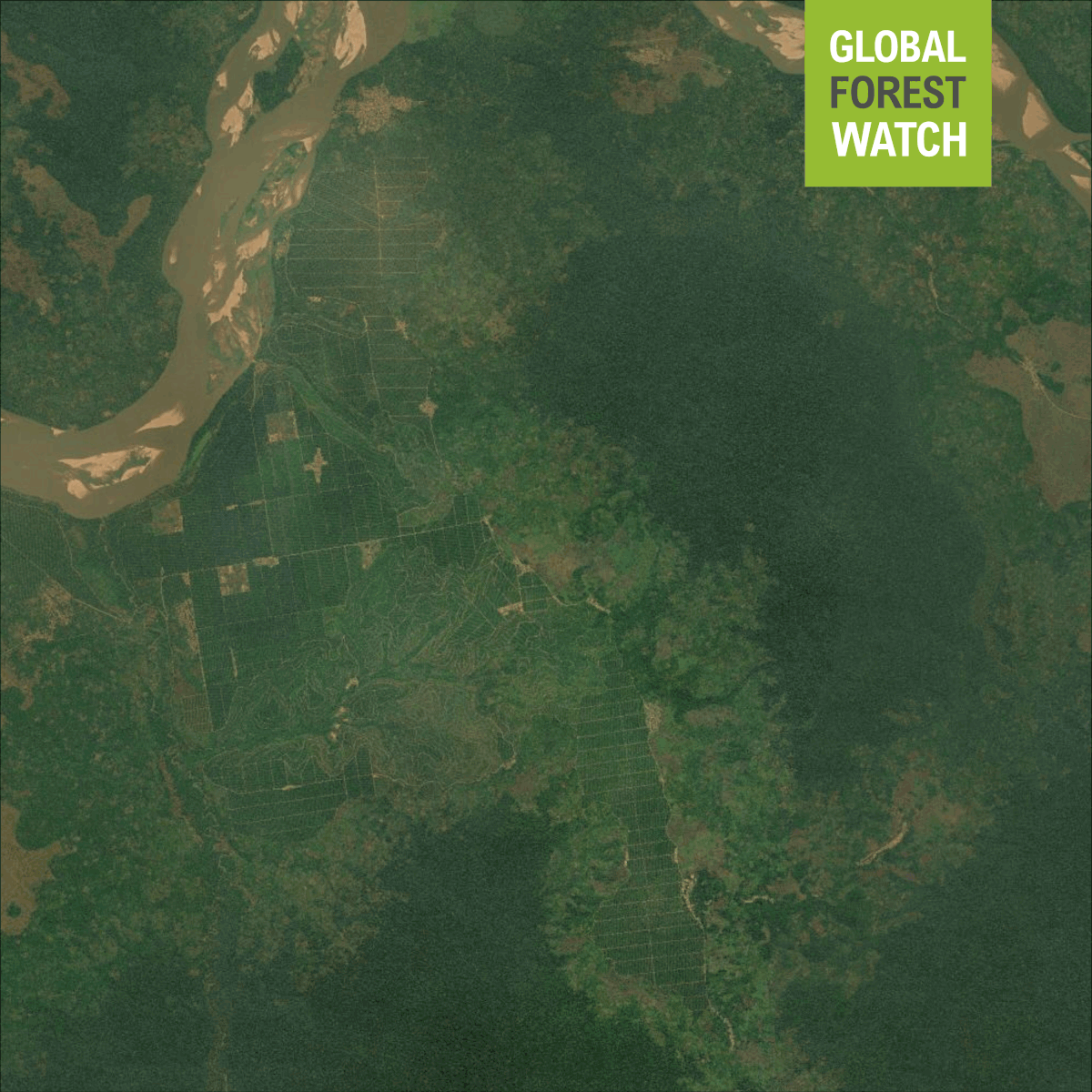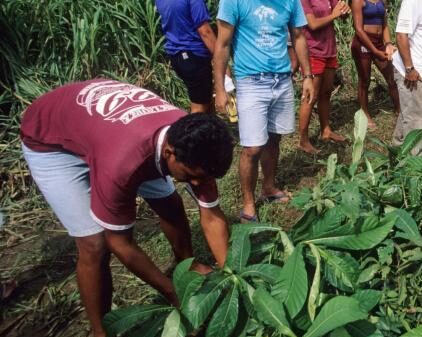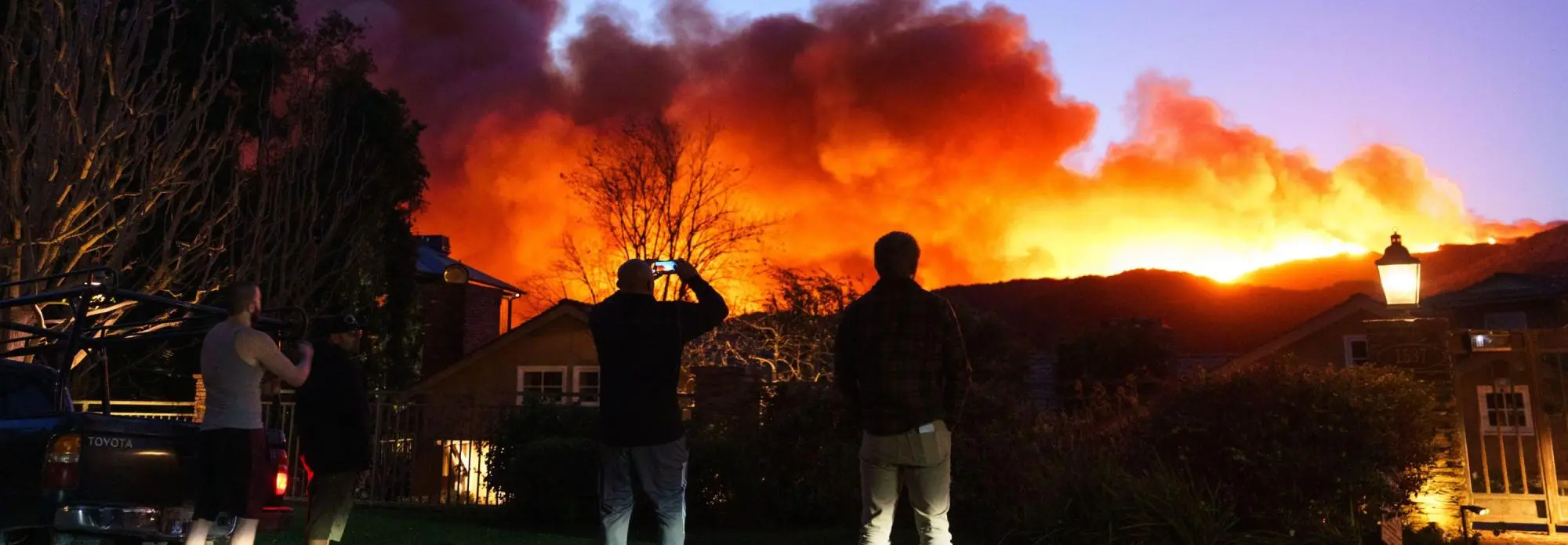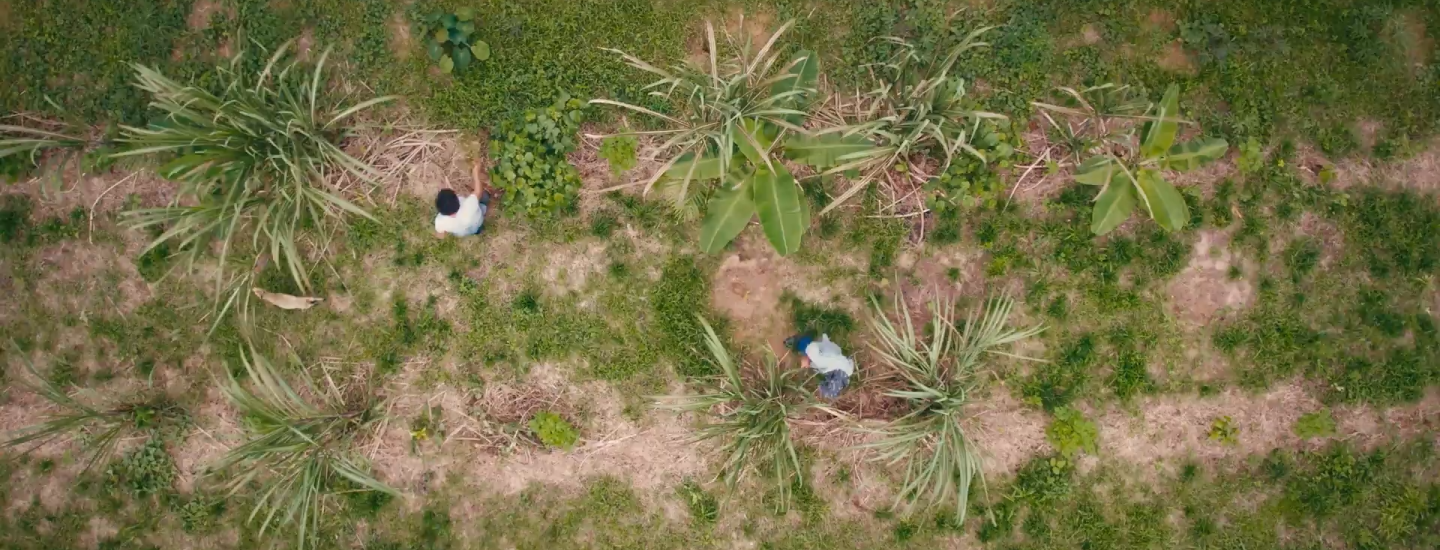Commodity Driven Tree Cover Loss in Congo May Be 10 Times Higher Than Previous Estimates

Axel Fassio
When forest degradation and destruction meet local communities who are simply feeding themselves or making their livelihoods, the case for forest preservation gets complicated.
In Sub-Saharan Africa, particularly the Congo Basin, this pattern of clearing and regrowth for subsistence — dubbed shifting cultivation — is thought to have driven the majority of recent, extensive tree cover loss in the region. But a new study conducted in the Democratic Republic of Congo (DRC) by the University of Maryland shows that more loss could be associated with commercial land uses like plantations, mining or logging than previously thought, potentially up to ten times higher than prior reports.
What is shifting cultivation?
Shifting cultivation is a form of small-scale agriculture where trees are cleared for crops for a few seasons and then left fallow for several years to regrow vegetation and replenish nutrients in the soil before being cleared again. This land use is often assumed to produce just enough for subsistence farming that sustains local communities. Although this practice has been historically employed in a low-density way, allowing for regeneration of tree cover, current practices often don’t allow enough time for forests to recover to their pre-disturbance state. Rapid population growth has increased demand — simultaneously expanding clearing into primary forest and intensifying production on already cleared land. There are not many economically viable alternatives for farmers in what is one of the poorest countries in the world.
In the DRC, most of this shifting cultivation takes place in the “rural complex” — a patchwork area of settlements, rivers and transportation routes, crops and fallow vegetation in various regeneration stages and forests — or in small, isolated clearings within the more pristine primary forest. Tackling loss driven by shifting cultivation is tricky, since it is inherently linked to the survival of rural communities. In the DRC, shifting cultivation accounts for over 90% of tree cover loss, which has led the global development aid community to focus on introducing more efficient agricultural practices that increase yields and reduce expansion onto new land. This support includes the provision of improved seed varieties, fertilization, mechanization, improved transportation to markets, as well as other tools.
Commodity versus livelihood-driven loss
In reality, the situation is more nuanced. Land uses overlap and often less-visible, commercial interests can place added pressure on areas of shifting cultivation. For example, in some parts of the DRC’s rural complex, shifting cultivation is actually producing cash crops linked to commodity markets. Most reports estimate commodity driven loss in the DRC to be less than 1% of total tree cover loss, but these estimates can overlook the underlying dynamics as they try to quantify the phenomenon of tree cover loss on a national scale.
 Expansion of the rural complex (yellow) since 2000.
Expansion of the rural complex (yellow) since 2000. The recent study analyzed satellite imagery of the rural complex and found that nearly 12% of the tree cover loss associated with expansion of the rural complex, and 9% of the tree cover loss occurring in more remote clearings, had either large-scale commercial logging, mining or plantations within it.
The results of this analysis gave a quantitative measure to something that was previously only known anecdotally — that workers on these industrial operations and their families are clearing forest for their farms, building materials and energy needs. Therefore, a higher percentage of tree cover loss is ultimately attributable to the large commercial operations that attract and employ these workers and their communities.
According to CIFOR research scientist, Dr. Amy Ickowitz, who has published extensively on the topic of shifting agriculture, this analysis is critical to gain a more complete picture of land use dynamics.
“It does not look at shifting cultivation in Africa as a separate ‘traditional’ system, but instead uses evidence to look at the interrelationships between shifting cultivation and the commercial sector.”
The true footprint of commercial activities
These findings highlight a gap in knowledge of tree cover loss from commercial operations in the DRC. More accurate attribution of loss to commercial operations could influence future land use decisions and better inform sustainable development projects.
Organizations like the Consumer Goods Forum and the Tropical Forest Alliance, as well as international commitments like the New York Declaration on Forests and Aichi Biodiversity Targets have set goals to eliminate deforestation from agricultural supply chains by 2020. But how is this type of indirect deforestation for commodity production accounted for? The forest loss associated with commercial operations as they expand has largely been considered external to the footprint of consumer good corporations themselves. But this study shows the need to adequately incorporate the impacts of commodity-related shifting agriculture into commercial deforestation targets. Given that 2020 goals are unlikely to be met, these indirect losses should be fully considered as old goals are evaluated and new targets are set.
These implications are particularly important in the DRC, which has half of all the Congo Basin forests — the second largest tropical forest in the world. Fully understanding the dynamics that drive loss in this forest will help to better protect it while also providing well-informed sustainable development options to the people that depend on it for their livelihoods. Future research should continue to assess the true footprint of growing commercial activity, for the DRC and across Central Africa.


